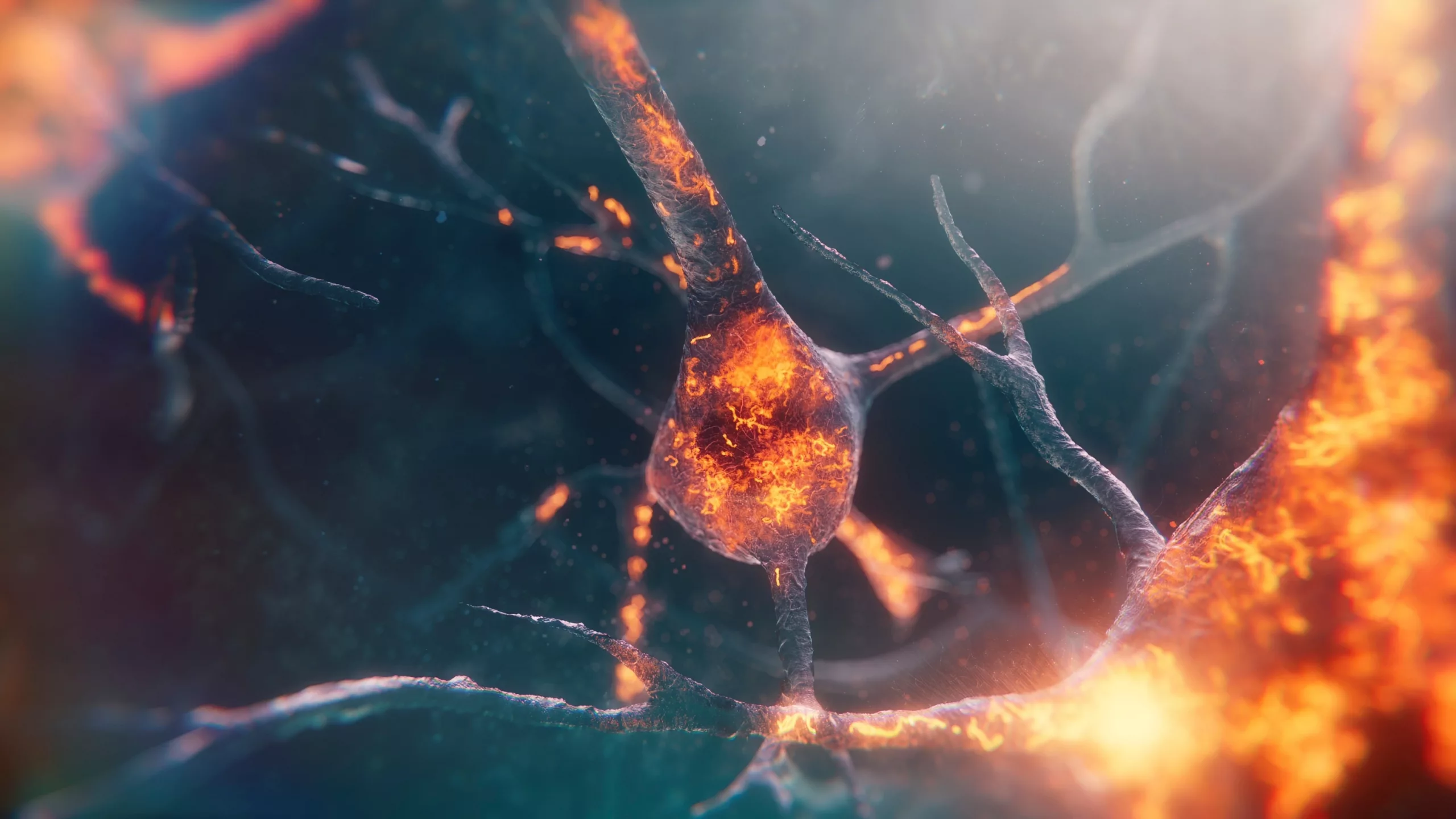Imagine being able to catch the first whisper of dementia before it turns into a loud, relentless shout. Recent breakthroughs mean we can spot warning signs up to nine years before memory problems ever show up. That extra time isn’t just a statistic—it’s a chance to slow decline, plan with confidence, and keep quality of life on track.
In this friendly guide I’ll walk you through the science, the tech, the pros and cons, and the steps you can take right now. Think of it as a chat over coffee where I share the latest research, sprinkle in real‑world stories, and help you decide what “early dementia detection” really means for you and your loved ones.
Why Early Detection
How spotting dementia early can slow cognitive decline
When doctors catch dementia early, they can start interventions that have been shown to slow the rate of cognitive loss. A ScienceDaily study reported >80 % accuracy in predicting dementia up to nine years before a formal diagnosis, simply by analyzing functional MRI (fMRI) scans. The earlier the brain receives support—whether through medication, lifestyle tweaks, or cognitive training—the more neurons stay healthy for longer.
Key statistics & real‑world impact
| Finding | Implication |
|---|---|
| 80 % prediction accuracy | More people can be offered preventive care before symptoms emerge. |
| 9‑year lead time | Clinicians have a larger window to trial disease‑modifying therapies. |
| 12‑year visual‑sensitivity prediction | Simple eye‑tests could become an early‑screening tool for primary care. |
Risks of false‑positives & anxiety
Early detection isn’t a free‑pass. Telling someone they have a high risk of dementia can create stress, especially if the risk never materializes. The NHS stresses that screening must be paired with counseling to avoid unnecessary panic. False‑positives can also lead to over‑medicalisation—extra appointments, unnecessary medication, and a sense of “living with a label” that may never be needed.
How clinicians mitigate over‑diagnosis
Doctors typically use a layered approach: an initial risk score from a scan or AI model is followed by confirmatory tests such as cerebrospinal fluid analysis, PET imaging, or repeated neuropsychological assessments. This “second opinion” step helps ensure that a high‑risk flag truly reflects underlying pathology. It also gives patients time to absorb the information and ask questions before deciding on the next steps.
New Diagnostic Tools
Brain‑scan diagnosis – fMRI & advanced MRI
The brain‑scan diagnosis revolution began with functional MRI’s ability to map the brain’s “default mode network” (DMN). The DMN is the first neural system to show abnormal connectivity in Alzheimer’s disease. Researchers at Queen Mary University of London and Monash University used fMRI data from over 1,100 volunteers to train a model that could predict dementia with >80 % accuracy (see brain scan diagnosis for a deeper dive).
DMN connectivity patterns that flag dementia
The model looks at how ten key regions in the DMN talk to each other. When the pattern matches a “dementia‑like” signature, the algorithm assigns a probability score. In practice, a 70 % probability might prompt a neurologist to order a more detailed PET scan or a lumbar puncture to confirm amyloid or tau presence.
AI‑powered dementia detection
Artificial intelligence has taken the guesswork out of visual interpretation. Machine‑learning algorithms can ingest thousands of brain images, learn subtle patterns, and output a risk number in seconds. This is what we call AI dementia detection. The technology isn’t magic; it’s built on massive datasets, rigorous validation, and constant clinician oversight.
How algorithms turn images into risk scores
First, the AI is trained on labeled scans—some from people later diagnosed with dementia, others from healthy controls. It learns which pixel‑level changes correlate with later disease. Then, when a new scan arrives, the model compares it to its learned “library” and produces a probability. Crucially, the model also highlights “hot spots” on the image so doctors can see why the AI flagged it.
Specialized Alzheimer’s AI tools
Several commercial products now bundle AI with cloud‑based dashboards for clinicians. Some are already FDA‑cleared for aiding diagnosis; others are still in clinical trials. For an overview of current offerings, check out our guide on the Alzheimer’s AI tool market.
Commercial & research‑grade solutions
Commercial tools tend to prioritize speed and user‑friendliness, integrating directly with hospital PACS systems. Research‑grade platforms, on the other hand, allow scientists to tweak the underlying algorithms, test new biomarkers, and publish findings. Both types rely on the same core principle: turning complex brain data into an actionable risk score.
Emerging biomarkers beyond imaging
Imaging isn’t the only game in town. Blood‑based assays for phosphorylated tau and amyloid, retinal OCT scans, and even vision‑sensitivity tests are gaining traction. A 2024 vision‑sensitivity study showed that people who later developed dementia were consistently slower to detect a moving triangle on a screen—up to twelve years before any memory trouble showed up (ScienceAlert report).
Vision‑sensitivity study – predicting dementia 12 years early
The Norfolk cohort followed 8,623 healthy adults for more than a decade. Those who later received a dementia diagnosis took an average 0.7 seconds longer to spot the triangle. While the delay seems tiny, statistically it distinguished future dementia patients from the rest with impressive accuracy. This suggests that a quick, inexpensive eye‑test could be a first‑line screen in primary‑care settings.
Understanding Results
Probability scores vs. clinical diagnosis
When you see a number like “72 % risk of dementia,” remember it’s a probability—not a verdict. Think of it like weather forecasting: a 70 % chance of rain means you might want an umbrella, but it doesn’t guarantee you’ll get soaked.
Case example: From 65 % risk to confirmed AD
Meet Sarah, 58, who underwent an fMRI‑based AI screen after her mother was diagnosed with Alzheimer’s. The AI gave her a 65 % risk score. Instead of panicking, Sarah’s neurologist ordered a PET scan and a cerebrospinal fluid test. Both confirmed early amyloid buildup, leading to enrollment in a disease‑modifying drug trial. Sarah’s story illustrates why a high risk score should spark further evaluation—not immediate dread.
When to seek professional evaluation
If an AI or scan flags a moderate‑to‑high risk, or if you notice any subtle changes—misplacing items more often, trouble finding words, or feeling “off” while driving—it’s time to book a neuro‑assessment. A multidisciplinary team (neurologist, radiologist, geriatric psychiatrist, and a neuropsychologist) can piece together the full picture.
Role of multidisciplinary teams
These teams combine imaging data, cognitive testing, blood biomarkers, and personal history. Their collaborative approach reduces the chance of misinterpretation and ensures you receive a balanced, evidence‑based plan.
Practical Steps Today
Lifestyle measures that complement early detection
Even the most cutting‑edge scan can’t replace healthy habits. The good news? Lifestyle tweaks are powerful, low‑cost, and backed by science. A 2024 systematic review in Lancet Neurology identified five habits that consistently lower dementia risk:
- Regular physical activity—at least 150 minutes of moderate exercise per week.
- Mediterranean‑style diet—rich in leafy greens, nuts, olive oil, and fish.
- Blood‑pressure control—keep systolic < 130 mmHg.
- Cognitive training—games, learning a language, or musical instrument.
- Social engagement—clubs, volunteering, or simply regular coffee with friends.
Start small: a 20‑minute walk after dinner, swapping butter for olive oil, or joining a book club. Those tiny actions add up.
5 evidence‑based habits
Each habit targets a different pathway: exercise improves cerebral blood flow, diet reduces inflammation, blood‑pressure control prevents small‑vessel damage, mental challenges promote neuro‑plasticity, and social interaction curbs isolation—another known risk factor.
How to access early‑screening services
If you’re curious about an dementia types identification test, start with your GP. In the UK, you can request a referral to a memory clinic, where you’ll receive a comprehensive assessment. Private centers often offer the same imaging plus AI‑enhanced interpretation for a fee.
NHS pathways, private clinics, and research trial registries
Visit the NHS “Memory Clinics” page for locations near you, or explore the UK Clinical Trials Gateway if you want to contribute to cutting‑edge research. Joining a trial can give you early access to experimental scans and therapies—often at no cost.
Emotional & ethical considerations
Learning you have a higher risk of dementia can feel like stepping onto a moving walkway that’s heading toward an unknown destination. It’s natural to feel fear, grief, or even relief at finally having an explanation for subtle changes you’ve noticed.
Counselling, support groups, and legal planning
Seek a counselor who specializes in neuro‑degenerative diseases; many hospitals provide free sessions. Support groups—online or in‑person—offer shared stories that remind you you’re not alone. Early detection also gives you time to tidy legal affairs: power of attorney, advance directives, and financial planning.
Future Outlook
Ongoing research & clinical trials
Scientists are hard at work improving prediction models. The latest phase‑III trial combines AI‑derived risk scores with a novel anti‑amyloid antibody, aiming to start treatment when the brain shows the first signs of dysfunction rather than after symptoms appear.
What participants can expect
Participants typically undergo baseline fMRI, blood biomarker panels, and periodic cognitive testing every six months. The AI platform provides a “risk trajectory” that updates as new data come in, helping clinicians decide when to intervene.
Personalized interventions powered by AI
Future AI systems could tailor lifestyle recommendations to your unique risk profile. For example, if your scan shows early vascular changes, the AI might suggest a stricter blood‑pressure regime; if amyloid burden dominates, it could flag eligibility for anti‑amyloid drugs.
Potential to shift from “treat‑when‑symptomatic” to “prevent‑when‑at‑risk”
Imagine waking up to a dashboard that says, “Your brain health score is good, but your DMN connectivity suggests a slight uptick in risk. Here are three evidence‑based actions you can take this month.” That’s the vision many researchers share—a proactive, data‑driven approach that keeps you ahead of the disease.
Conclusion
Early dementia detection is no longer a futuristic fantasy; it’s a present‑day reality built on powerful brain‑scan diagnosis, savvy AI algorithms, and emerging biomarkers. While the technology offers hope—more time for treatment, better planning, and a clearer picture of risk—it also demands thoughtful use, balanced communication, and support for the emotional journey.
If you feel a whisper of concern, talk to your GP about a screening pathway, explore the lifestyle habits that keep your brain resilient, and stay curious about the latest research. Knowledge, compassion, and action together form the best defense against dementia.


















Leave a Reply
You must be logged in to post a comment.